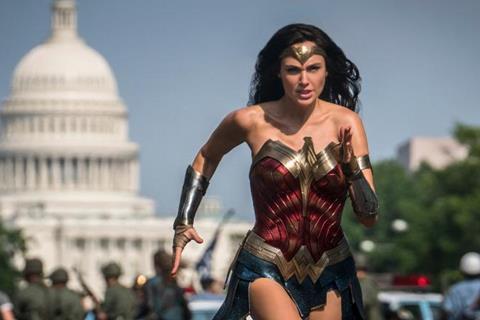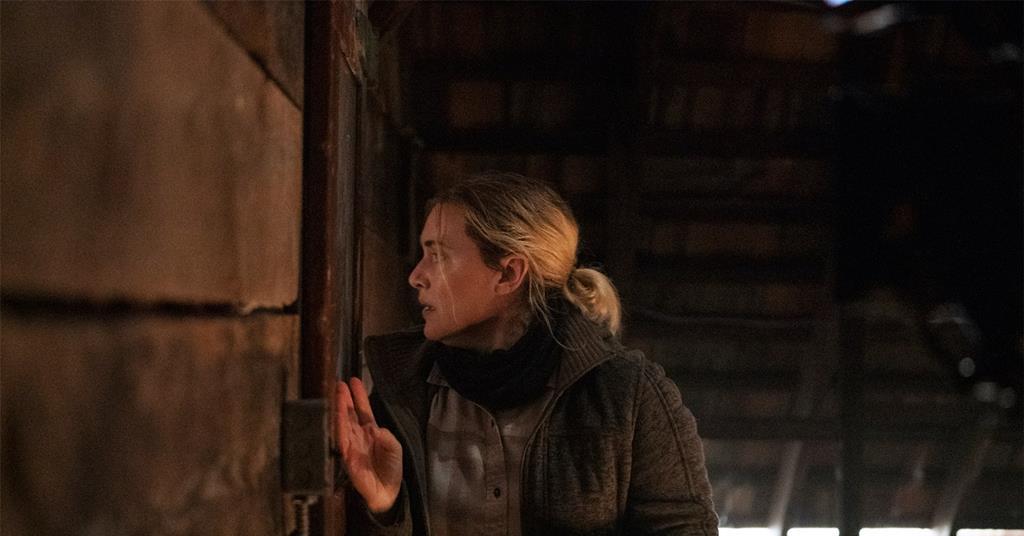AT&T’s recent decision to split off and merge its WarnerMedia unit with rival Discovery surprised many in the industry.
Yet the creation of the world’s second largest media company by revenue after Disney is not strategically surprising. In the global streaming race, the only way to compete is to be big. Ladder is the name of the game.
The new, as-yet-unknown company resulting from the combination of WarnerMedia with Discovery will be led by longtime Discovery chief executive David Zaslav.
It will house brands ranging from HBO, Warner Brothers and CNN to TLC, HGN, Game of Thrones, Wonder Woman, Sesame Street, The Food Network, Eurosport, Harry Potter and the Olympics. Initially, Zaslav says content spending will be around $20 billion per year, which will rival what Netflix spends on content.
The new company will carry $55 billion in debt and Discovery’s combination with Warner will have an enterprise value of $150 billion. Zaslav expects the new company to grow from $41 billion in annual sales to $52 billion in revenue by 2023.
But even as big as the new Warner/Discovery company is, Netflix and Disney today each have valuations in excess of $225 billion. So a nagging question many are asking is is the new WarnerMedia/Discovery connection big enough?
“This deal is definitely the fight back from legacy media players,” says Mathew Horsman, co-chief executive of consultancy Mediatique. “It’s all part of taking down Netflix, the quintessential disruptor, and the bloat pattern will continue.”
Indeed, this week alone, Amazon offered $9 billion to buy MGM. And Lionsgate and AMC are still considered acquisition targets. Comcast’s ViacomCBS and NBCUniversal as well as Apple could also look to strengthen.
“This deal is the legacy of media players fighting back,” Mathew Horsman, Mediatique
Prior to the announcement of the WarnerMedia/Discovery deal, Zaslav would often describe how Discovery fit into the pay-TV landscape, saying there was “news, sports and us”, where “we” meant Discovery. Discovery has been the champion of low-budget, unscripted TV fare that travels well and has a long shelf life. Combining it with WarnerMedia’s world-class Hollywood news and film units, as well as world-class premium scripted television service HBO, the new company should be able to rival any direct-to-consumer (DTC) offering.

WarnerMedia owns many brands from Cartoon Network and Adult Swim to TNT, TBS and CNN, but the crown jewel within the company is HBO. With HBO Max, the company’s DTC offering gaining momentum in the US, a pure-play media company will help the market value the business more easily than when it was buried in the much more big AT&T. The combination with Discovery+ will make the new combined streaming service “a much broader SVoD platform in the US and globally,” said stock analyst Michael Nathanson of MoffetNathanson in a post-announcement research note. “WarnerMedia could also benefit from Discovery’s international cable networks and (it could) help accelerate the international rollout of HBO Max,” he added.
The impact of a WarnerMedia/Discovery combination in the UK, Germany and Italy will however be somewhat different. Unlike the US, Canada and the Nordics, where HBO has built a standalone brand presence, in the three countries where Sky operates there are content distribution deals that are expected to run through 2024/25. . HBO content is part of the Sky Atlantic channel in the UK, for example.
The big question for the new WarnerMedia/Discovery is what is it doing now in these countries and what is it doing after 2024/5?
“It’s unlikely that the new combined company will pay the penalty to opt out of these existing content distribution agreements,” Horsman said. But could the new company offer a lightened HBOMax/Discovery+ SVOD offer in Sky territories? Perhaps, but it could also undermine the very brand power the suit hopes to achieve in three key European markets.
The new combined streamer will also impact companies like ITV Studios and BBC Studios, both of which sell content to Discovery and WarnerMedia.
As a result, there are no longer two buyers but one. “Buying point consolidation will have a ripple effect on the studio model, as it is in the UK,” Horsman said.
Broadcasters are already feeling the brunt of their major content providers favoring their DTC services. There too there is swelling, most recently with the announcement that in France, RTL-controlled M6 will merge with rival commercial broadcaster TF1.
Three years ago, when AT&T bought Time Warner for the colossal sum of $80 billion, it hoped to build a challenger for Netflix and Disney. The idea was to grow the content business and leverage its telecommunications network to become a competitor to streaming TV. Alas, AT&T has struggled to invest both in its core telecommunications business, including building 5G, and to prioritize investments in its film and television production units.
Seeing a large telecommunications company not understanding how to manage and invest in a content business is nothing new. Verizon Communications agreed to sell Yahoo and its other media assets to Apollo Global Management for $5 billion earlier this month so the telecommunications company can focus on its core network business and rolling out 5G. The sale is another dramatic turnaround for the wireless company, which between 2015 and 2017 spent nearly $9 billion acquiring Yahoo and AOL to anchor an online media division.
Recently, BT underwent a strategic review of its BT Sport business and interested buyers or partners reportedly include DAZN, Amazon Prime, ITV and Disney. Not only is acquiring live sports rights expensive and outside of BT’s core business, but the original idea of using a live sports offer to compete with Sky for subscribers largely died out once the regulator UK has decreed that English Premier League football should be accessible. viewers without having to pay for two separate services.
It is almost taken for granted that telecommunications operators are not good media asset managers. Granted, AT&T seems to have taken a big misstep when it comes to who it hired to handle WarnerMedia’s transition from its traditional way of doing business where strict P&L silos separated the film, pay-TV and free television, in the world of streaming services.
A tech-minded media outsider, outgoing WarnerMedia CEO Jason Kilar was recruited by AT&T CEO John Stankey just 10 months ago to shake things up. There is a certain schadenfreude in the fact that the man who took a hatchet from the traditional structure of Warner Media, including cutting many longtime senior executives, is now negotiating his own exit from the company.

Perhaps Kilar’s bold decision last year to throw the century-old cast model theatrically was part of the boost that sees it heading for the door. In December last year, Kilar announced that the entire slate of 17 Warner Bros 2021 movies would be simulcast in theaters and on the HBOMax streaming service.
While Disney had decided on a similar simultaneous release for its fantasy action drama Mulane, the difference was that Disney+ subscribers had to pay an additional $30 for the privilege. Kilar has decided that no surcharges will be applicable for Warner Bros films, starting with Wonder Woman 1984 which became available to HBOMax subscribers at no additional cost on Christmas Day 2020. At the time, an analyst said the decision would cost Warner Bros up to $1.2 billion in worldwide box office revenue .
As the shift to DTC services continues, the stakes also couldn’t be higher for media companies and traditional advertisers. The pivot to live-streaming video services is weighing on linear channel ratings and broadcasters’ move to their own VOD services is a work in progress.
The pressure is mounting as major traditional media players continue to add free, ad-supported VOD (AVOD) services to their streaming offerings. The latest is HBOMax, which announced a $10 per month AVOD tier on May 19, just days after WarnerMedia/Discovery’s announcement. The new ad tier will include much of WarnerMedia’s content library, but significantly users won’t have same-day access to early Warner Bros. movies.
Netflix and Disney+, with 208 million and 104 million subscribers respectively, are the kings of SVOD streamers. The rest of the pack, including AT&T’s HBOMax at 44 million subscribers, NBCUniversal’s Peacock service at 42 million subscribers and Discovery+ at 15 million, are all catching up. The combination of HBOMax/Discovery+ puts the newco at 59 million subscribers and if Zaslav is successful, the combination of programming and brand assets will drive faster growth.
But the rest of the industry is not standing still. AT&T CEO John Stankey told reporters and analysts when the deal was announced that he expects more consolidation to come. “We… (wanted) to initiate this rather than having to follow it,” he said.
Whatever the name of the new merged company – ‘Warner Discovery’ and ‘Warner Bros Discovery’ would be among the contenders – there is still a long way to go to ensure it resonates enough with customers to entice their customers. attention and part of their wallet.

